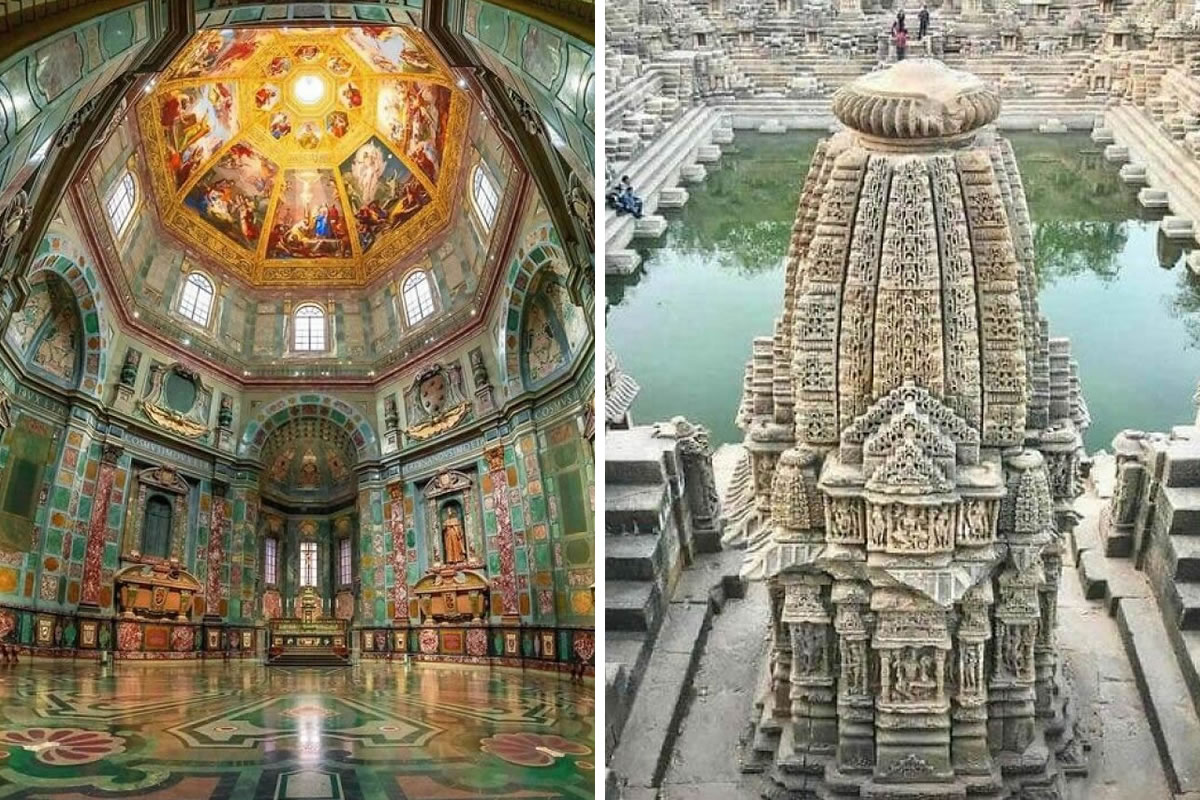The ancient world is a treasure trove of marvels that continue to inspire and astonish us. From the pyramids of Egypt to the lost city of Machu Picchu, these incredible feats of engineering and art defy the limits of imagination. Each site holds its own unique mysteries—how were these colossal structures built with the limited technology of the time? What secrets do their carvings, artifacts, and layouts conceal? These questions not only deepen our fascination but also challenge our understanding of history, revealing the ingenuity and creativity of civilizations long gone.
Beyond their physical grandeur, ancient marvels evoke a sense of awe that transcends time. They serve as a reminder of the enduring human spirit and its ability to overcome immense challenges. These sites are more than historical landmarks; they are windows into the past, offering insights into the lives, beliefs, and aspirations of those who came before us. Whether viewed in person or through the lens of modern technology, the stories these ancient wonders tell are as relevant today as they were millennia ago, inspiring generations to dream bigger and explore the unknown.
Scroll down and inspire yourself. We are sharing these images from Facebook page called Ancient Marvels with around 380K followers. Click here to check more amazing photos.
#1. Crossness Pumping Station; A Victorian Gem In London, England
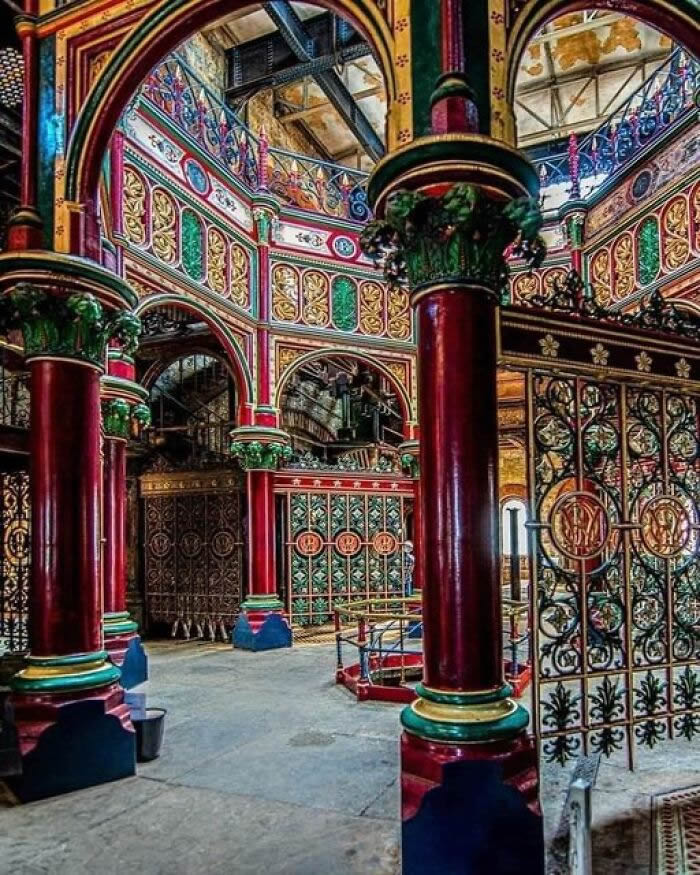
Photo Credits: Gül Salih
Crossness Pumping Station in London, England, is a stunning Victorian gem known for its ornate architecture and historical significance. Built in the mid-19th century, it was part of the city’s groundbreaking sewage system, designed to improve sanitation. The station features beautifully intricate ironwork, ornate chimneys, and decorative details, making it a masterpiece of industrial design. Today, it stands as a preserved example of Victorian engineering and aesthetic innovation.
#2. Pimburattewa Tank In Sri Lanka, A Marvel Of Ancient Engineering, Was Constructed By King Parakramabahu I In The 12th Century
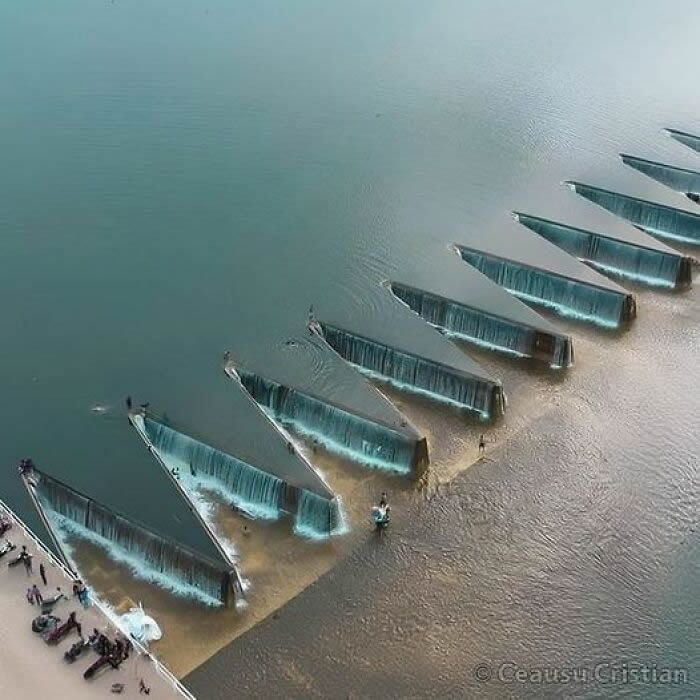
Photo Credits: Stacie Jarvis
The Pimburattewa Tank in Sri Lanka is a marvel of ancient engineering, built by King Parakramabahu I in the 12th century. This impressive reservoir showcases the advanced hydraulic technology of the time, designed to store and manage water for irrigation. The tank reflects the ingenuity and foresight of ancient Sri Lankan rulers in promoting agricultural prosperity, and it remains an enduring symbol of the kingdom’s engineering prowess and resource management.
#3. The Dying Lion Of Lucerne Is One Of The World’s Most Famous Monuments
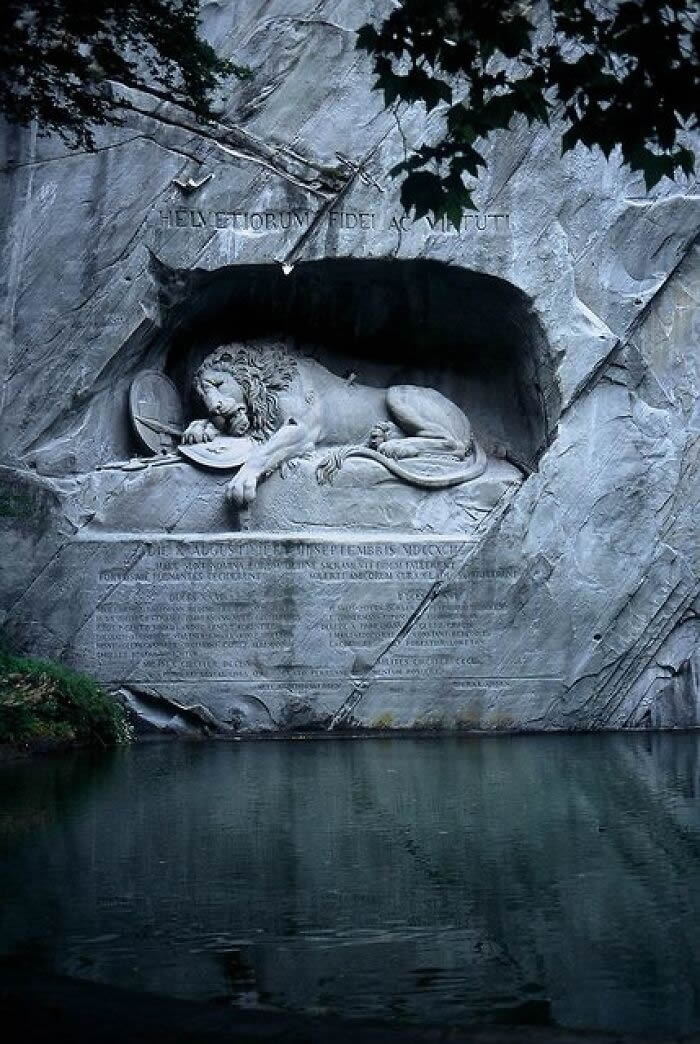
Photo Credits: Cem Çelik
The Dying Lion of Lucerne, located in Switzerland, is one of the world’s most famous monuments. Carved into a sandstone cliff in 1820-1821, it commemorates the Swiss Guards who were massacred during the French Revolution. The poignant sculpture depicts a lion mortally wounded, symbolizing bravery and sacrifice. This powerful and emotional tribute attracts visitors worldwide, standing as a testament to both historical events and artistic craftsmanship.
#4. The Prague Astronomical Clock, Dating Back To 1410, Is A True Wonder Of Medieval Engineering And The Oldest Astronomical Clock Still In Operation Today
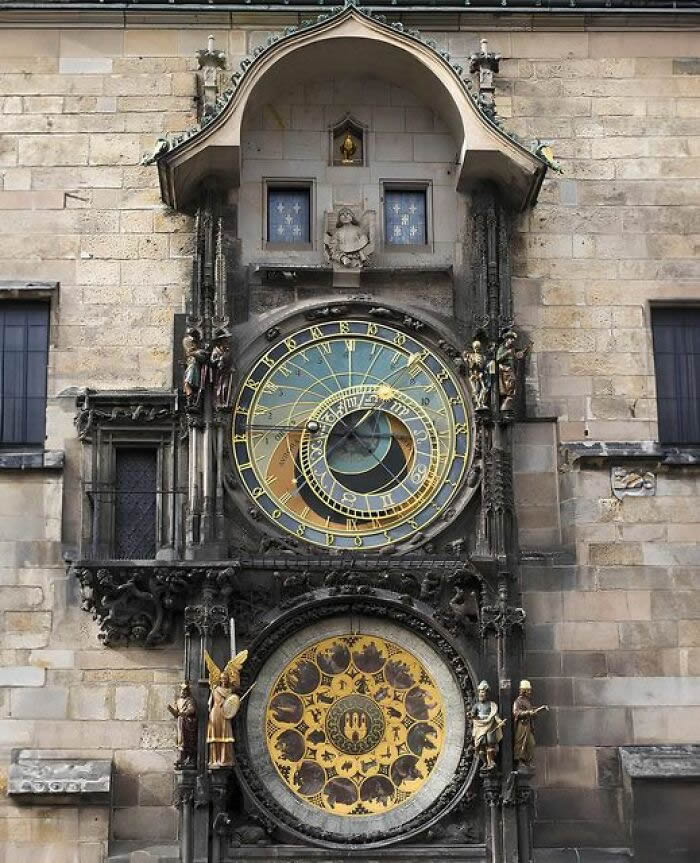
Photo Credits: Gül Salih
The Prague Astronomical Clock, dating back to 1410, is a remarkable feat of medieval engineering and the oldest astronomical clock still in operation today. Located on the Old Town Hall, it showcases a combination of timekeeping, astronomy, and intricate mechanical artistry. Visitors are captivated by the hourly procession of figurines, adding a magical charm to this historic masterpiece, which continues to be a symbol of Prague’s rich cultural heritage.
#5. Shah-E-Cheragh Sanctuary, Shiraz, Iran
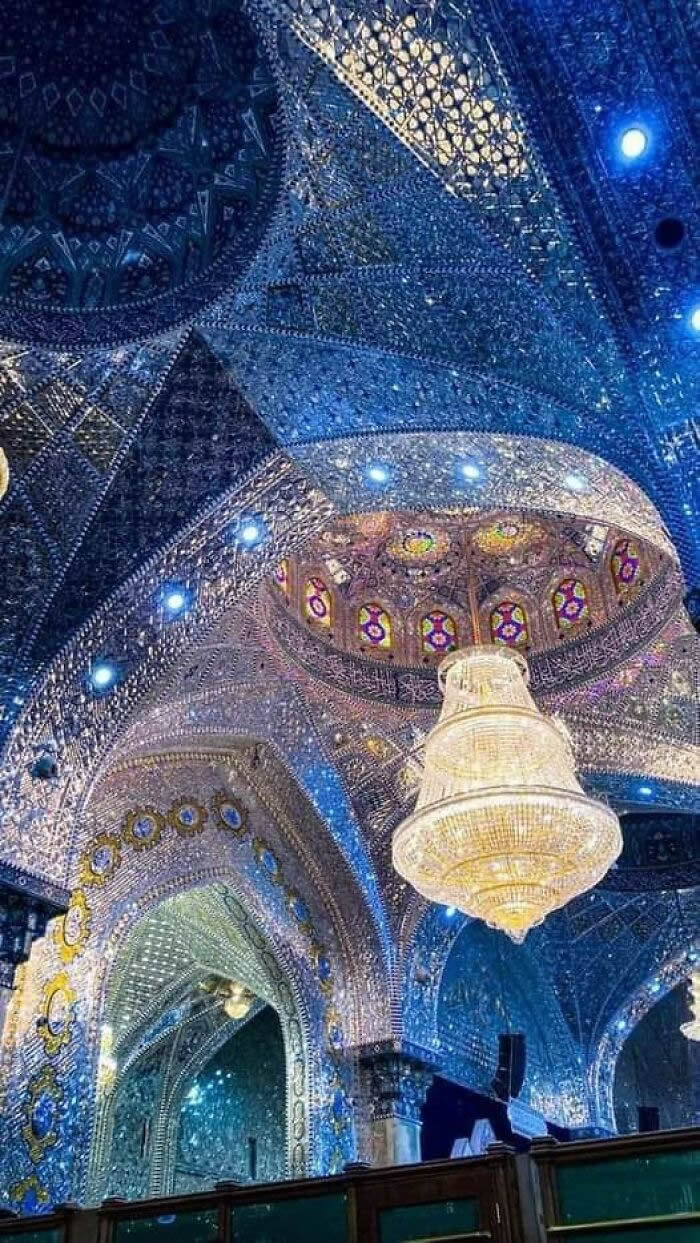
Photo Credits: Gül Salih
Shah-e-Cheragh Sanctuary in Shiraz, Iran, is a stunning pilgrimage site known for its breathtaking architecture and spiritual significance. This sacred complex houses the tombs of prominent religious figures, including the brothers Ahmad and Muhammad, who were key figures in Shia Islam. The sanctuary’s intricately tiled walls, mirrored interiors, and serene courtyards create an awe-inspiring atmosphere, making it a key cultural and religious landmark in Iran.
#6. The Largest Roman Mosaic In The World Is Not In A Museum, But In A Hotel.. And You Can Visit Freely
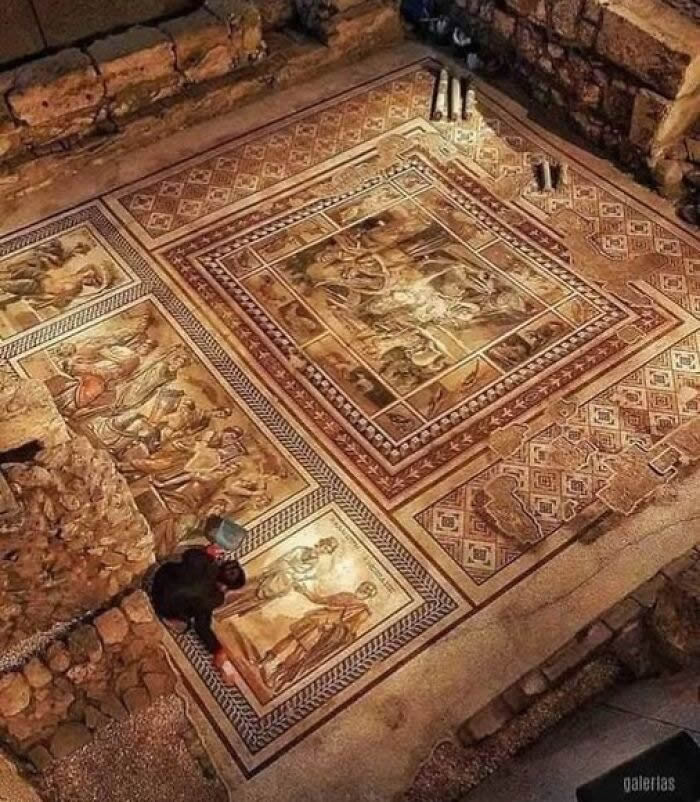
Photo Credits: Ancient Marvels
The largest Roman mosaic in the world is not housed in a museum but is displayed in a hotel, offering visitors the unique opportunity to view this incredible artwork freely. Located in the Mosaico Hotel in Lod, Israel, the mosaic dates back to the 3rd century and covers an impressive 180 square meters. Its intricate patterns and vibrant colors make it a rare and accessible treasure of Roman history.
#7. St. Gall Abbey Library, Switzerland
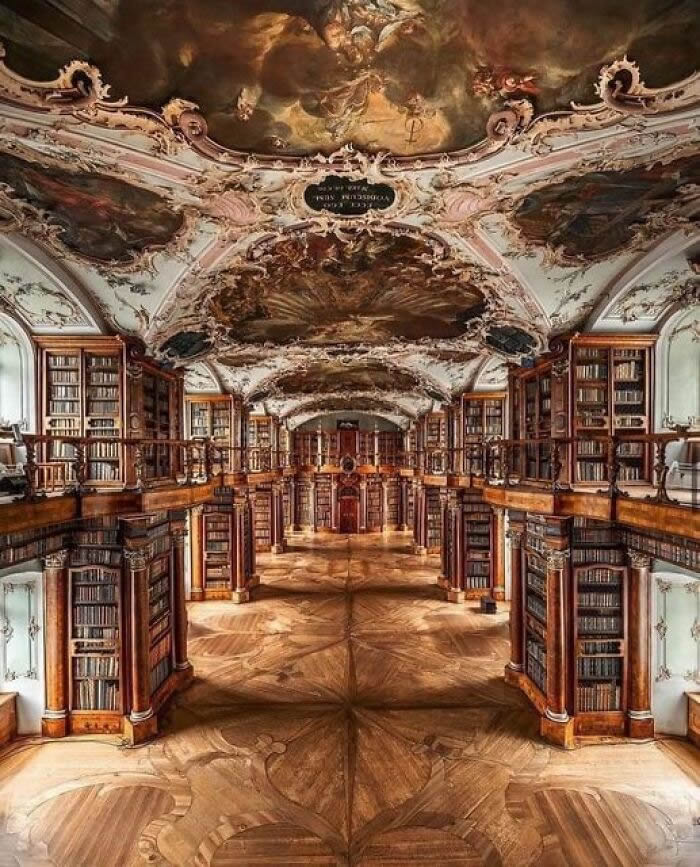
Photo Credits: Gül Salih
The St. Gall Abbey Library in Switzerland is a magnificent example of Baroque architecture and one of the most beautiful libraries in the world. Founded in the 8th century, its stunning rococo interior houses over 170,000 volumes, including priceless medieval manuscripts. The library’s ornate ceilings, intricate woodwork, and elegant design create an awe-inspiring atmosphere, making it a treasure trove of knowledge and a UNESCO World Heritage site.
#8. This Is A Door Lock From Frank Koralewski (1872-1941). This Lock Is Made In 1911, Is Covered With Gold, Silver And Bronze

Photo Credits: Shampa Sen
This door lock, created by Frank Koralewski (1872-1941) in 1911, is a stunning example of early 20th-century craftsmanship. Covered in gold, silver, and bronze, it reflects the artisan’s skill in combining functionality with ornamental beauty. The intricate design and use of precious metals make this lock a unique work of art, showcasing the opulence of the era while preserving its practical purpose as a secure and elegant piece of hardware.
#9. 600 Years Ago, There Were No Excavators Or Jcb Machines, But Still, This 9-Story Masterpiece Is A Wonder Of The World, An Evidence To The Bravery And Grandeur Of India’s History
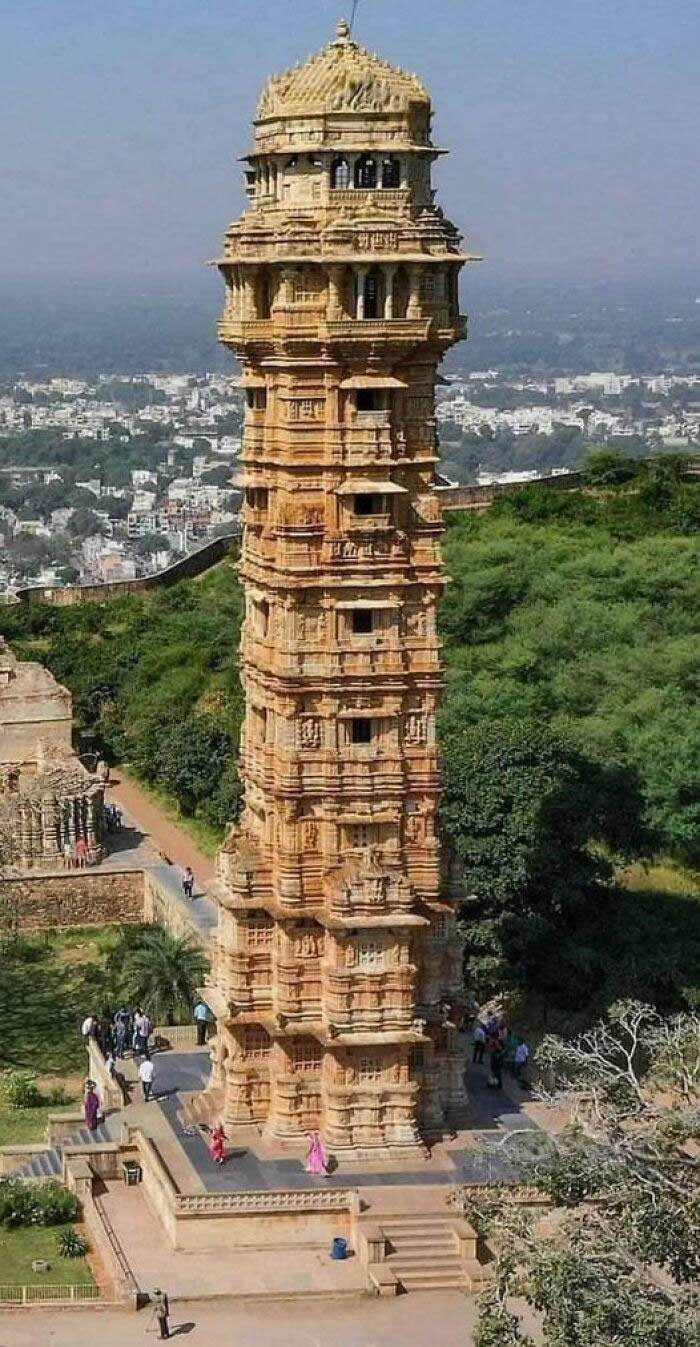
Photo Credits: Nibedita Das
600 years ago, without modern excavators or JCB machines, India’s architectural brilliance was showcased through masterpieces like the 9-story ancient structure at Ellora Caves. This awe-inspiring monument, carved entirely out of solid rock, stands as a testament to the ingenuity, bravery, and grandeur of India’s history. Its intricate carvings and stunning design reflect the exceptional craftsmanship of ancient builders, making it a true wonder of the world.
#10. Inside The Historic Blue Mosque, Istanbul, Turkey Built By Sultan Ahmed I In 1609-1616
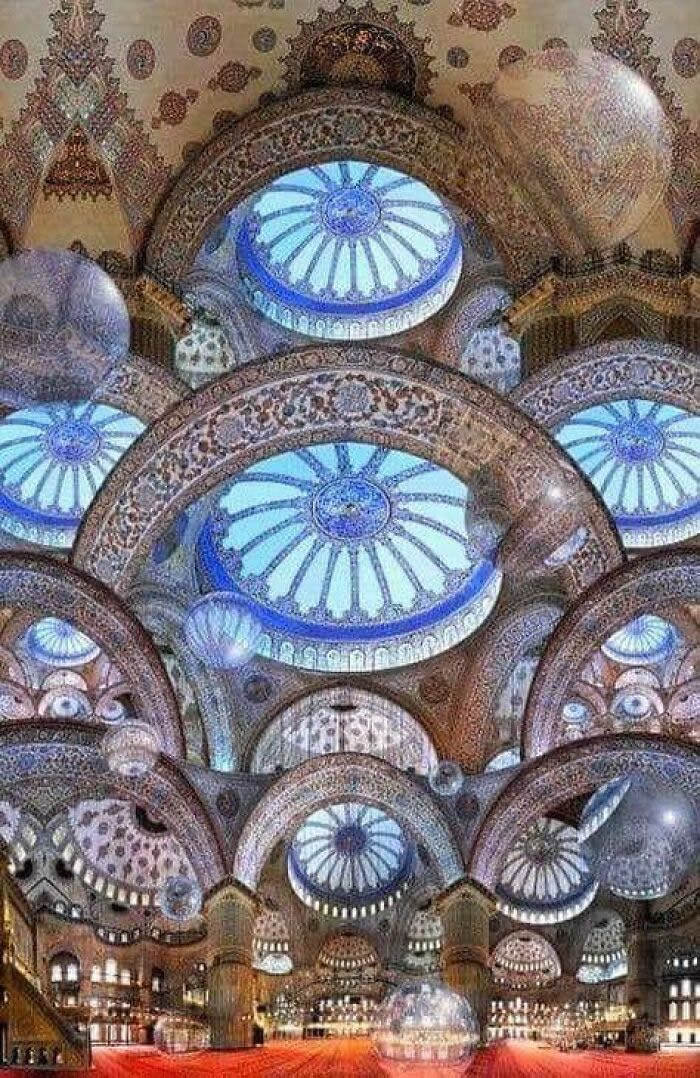
Photo Credits: Gül Salih
Inside the historic Blue Mosque in Istanbul, Turkey, built by Sultan Ahmed I between 1609 and 1616, visitors are greeted by a breathtaking display of Ottoman architecture. The mosque’s interior is adorned with over 20,000 hand-painted blue tiles, intricate calligraphy, and stunning domes. The serene atmosphere is further enhanced by the soft glow of natural light filtering through its grand windows, creating a spiritual and awe-inspiring environment.
#11. Medicee Chapel, Florence, Italy
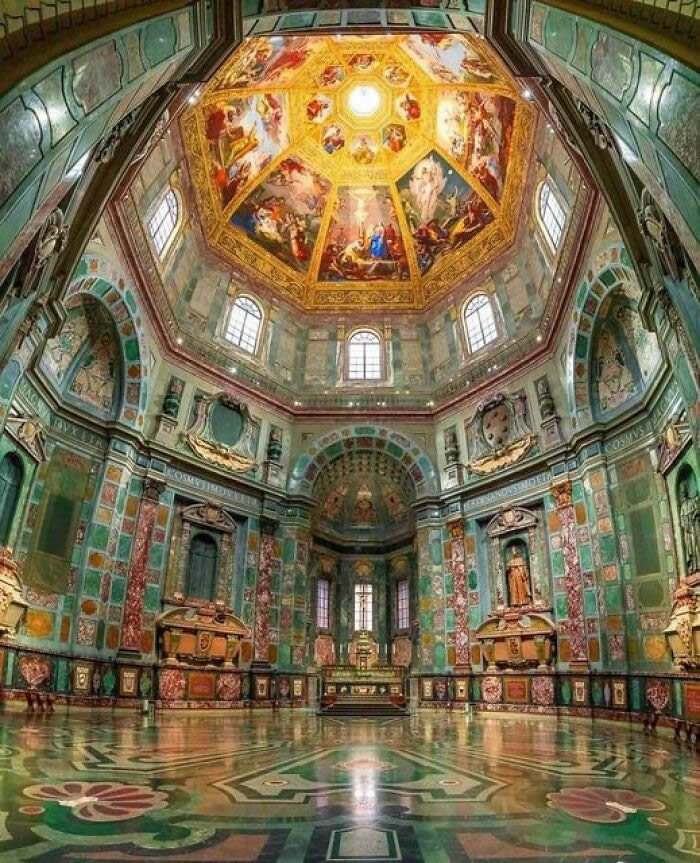
Photo Credits: Gül Salih
The Medici Chapel in Florence, Italy, is an architectural and artistic masterpiece designed by Michelangelo in the 16th century. Located within the Basilica di San Lorenzo, it houses the tombs of several prominent members of the Medici family. Known for its stunning marble sculptures, intricate frescoes, and elegant design, the chapel reflects the grandeur of the Medici dynasty. Michelangelo’s "Night" and "Day" sculptures are particularly renowned for their beauty and symbolism.
#12. A Gothic-Styled Spiral Staircase Carved From A Single Tree In 1851, In Lednice Castle, Czech Republic, As A Symbol Of Progressing Toward The "Ultimate Step", With Our Goals

Photo Credits: Alsina Niel
The Gothic-styled spiral staircase at Lednice Castle in the Czech Republic, carved from a single tree in 1851, symbolizes the journey toward progress and the pursuit of one’s ultimate goals. This architectural marvel represents both artistic and philosophical aspirations, with its twisting form conveying the idea of continuous movement forward. As visitors ascend its steps, they are reminded of the perpetual climb toward achievement and personal growth, making it a fitting symbol of ambition and perseverance.
#13. A Masterpiece Of Turkish Agate And Gold

Photo Credits: Gül Salih
A masterpiece of Turkish agate and gold, this exquisite artifact showcases the stunning fusion of natural stone and precious metal. Skillfully crafted, the agate’s rich, swirling patterns are complemented by intricate gold detailing, highlighting the artisan’s exceptional craftsmanship. The piece reflects the luxurious artistry of Turkish heritage, blending beauty and elegance. Its timeless design serves as a testament to the region’s mastery in creating delicate, yet striking, works of art.
#14. The Mughal Emerald Wine Glass, Crafted In 1620 Ad, Is A Magnificent Piece Made Of Emerald, Gold And Enamel
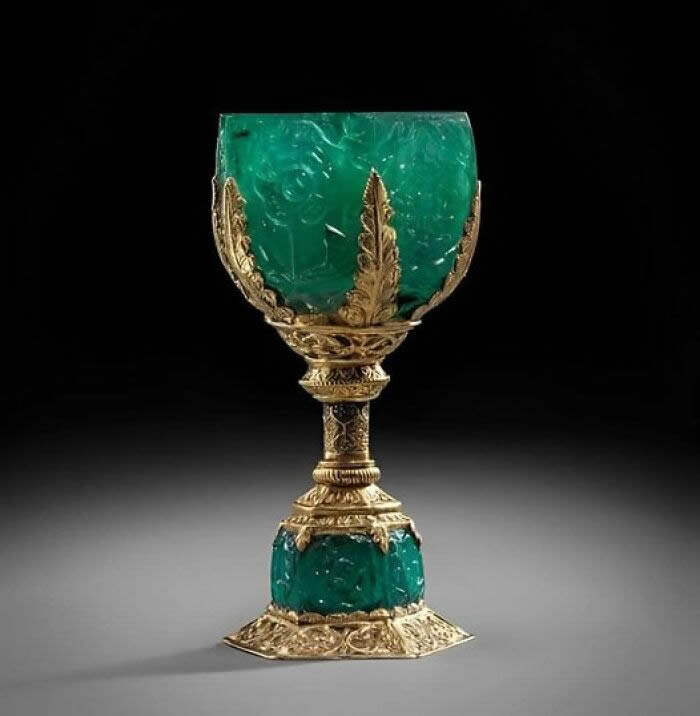
Photo Credits: Gül Salih
The Mughal Emerald Wine Glass, crafted in 1620 AD, is a stunning masterpiece made of emerald, gold, and enamel. Its intricate design reflects the grandeur of the Mughal Empire, with vibrant enamel work and ornate gold accents enhancing the emerald’s natural beauty. This exquisite artifact, once belonging to Mughal royalty, showcases the exceptional craftsmanship of the era and serves as a symbol of luxury and refinement in Mughal art.
#15. Library At Marienburg Castle, Germany, 19th Century
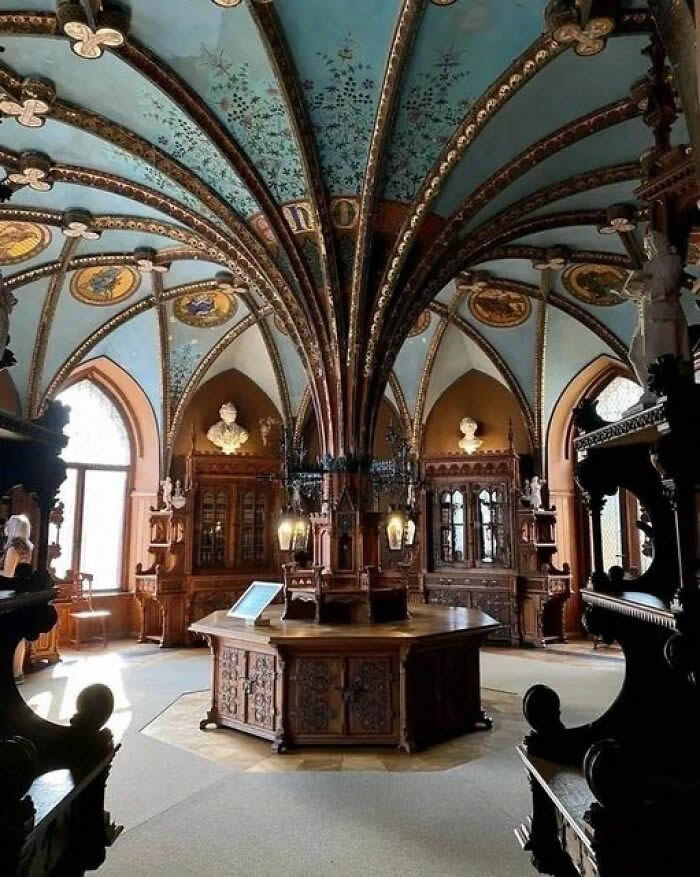
Photo Credits: Alsina Niel
The library at Marienburg Castle in Germany, dating back to the 19th century, is a stunning testament to the castle’s regal history. Filled with ornate wooden shelves and antique books, it exudes an atmosphere of elegance and intellectual richness. The room’s intricate design, complete with grand windows and vaulted ceilings, reflects the opulence of its time, making it not just a library but a true work of art and history.
#16. Ceilng Of The Imamhussein Shrine, Karbala, Iraq
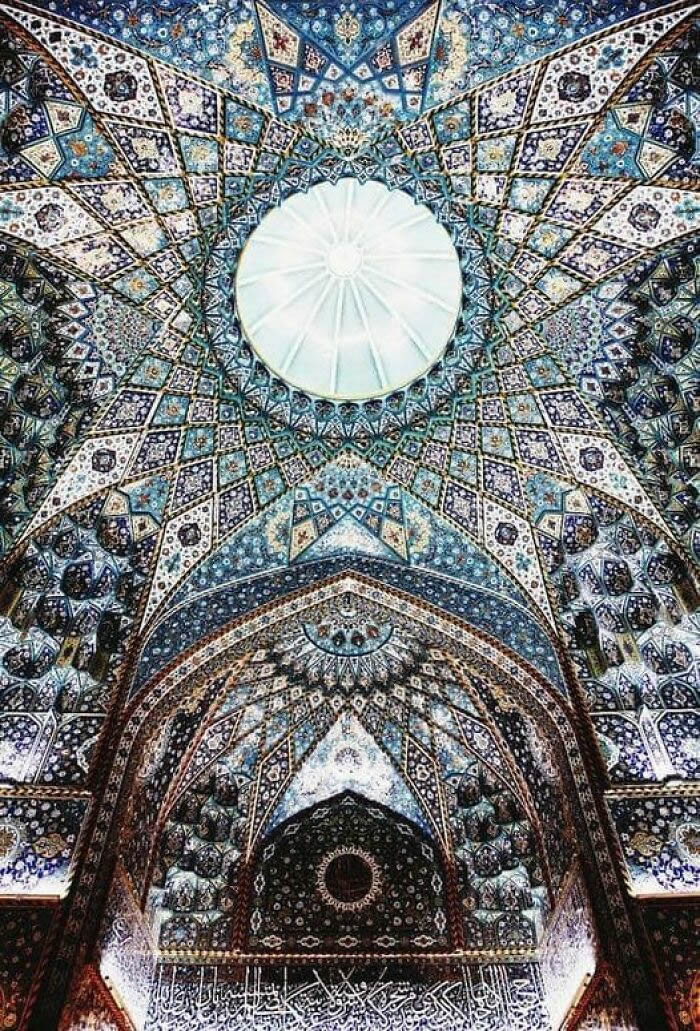
Photo Credits: Gül Salih
The ceiling of the Imam Hussein Shrine in Karbala, Iraq, is a breathtaking example of Islamic artistry. Adorned with intricate calligraphy, geometric patterns, and vibrant mosaics, it reflects the spiritual significance of the shrine. This sacred site, marking the martyrdom of Imam Hussein, is renowned for its majestic beauty. The ceiling’s design combines religious symbolism with exquisite craftsmanship, making it a key element of the shrine’s revered architecture.
#17. A Different View Of Sagrada Familia – Gaudi’s Masterpiece In Barcelona, Spain
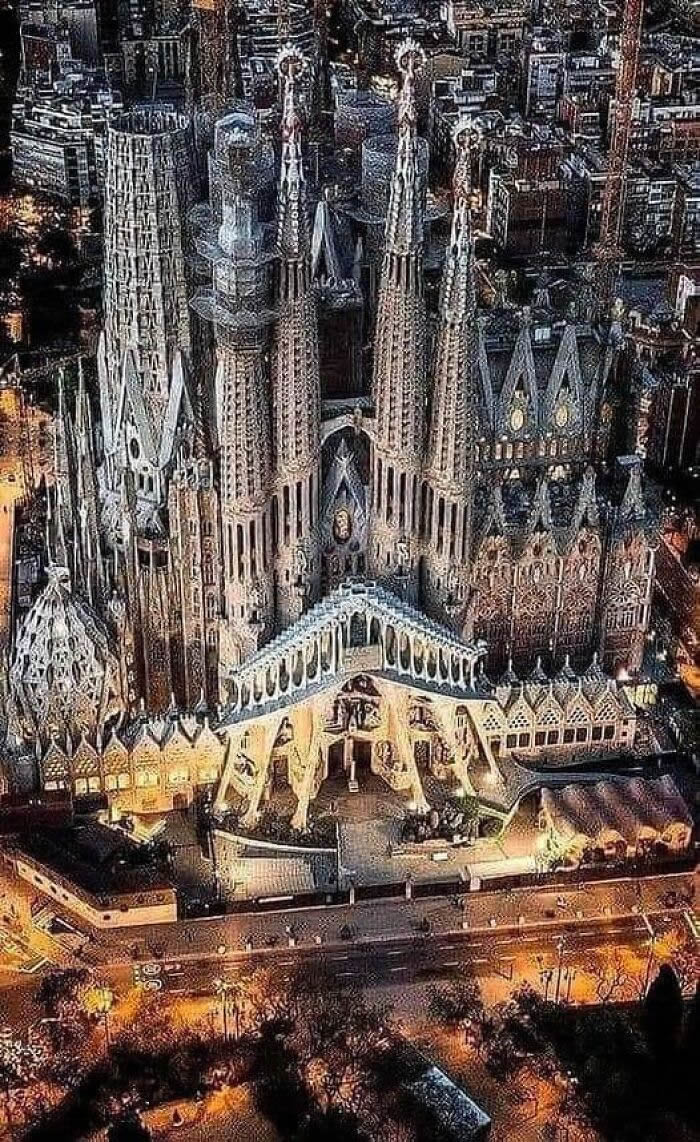
Photo Credits: Gül Salih
A different view of the Sagrada Familia, Gaudí’s masterpiece in Barcelona, reveals its stunning details from unique perspectives. While most visitors admire its towering facades, exploring from surrounding streets or nearby rooftops offers an alternative appreciation of its intricate design. The blend of organic shapes, detailed sculptures, and soaring spires seen from these angles highlights Gaudí’s visionary genius, making the Sagrada Familia a captivating architectural wonder from every viewpoint.
#18. Worn Rock-Hewn Stairs Dating Back To The 11th Century Ce, Leading To The Sperlinga Castle In Sicily, Italy
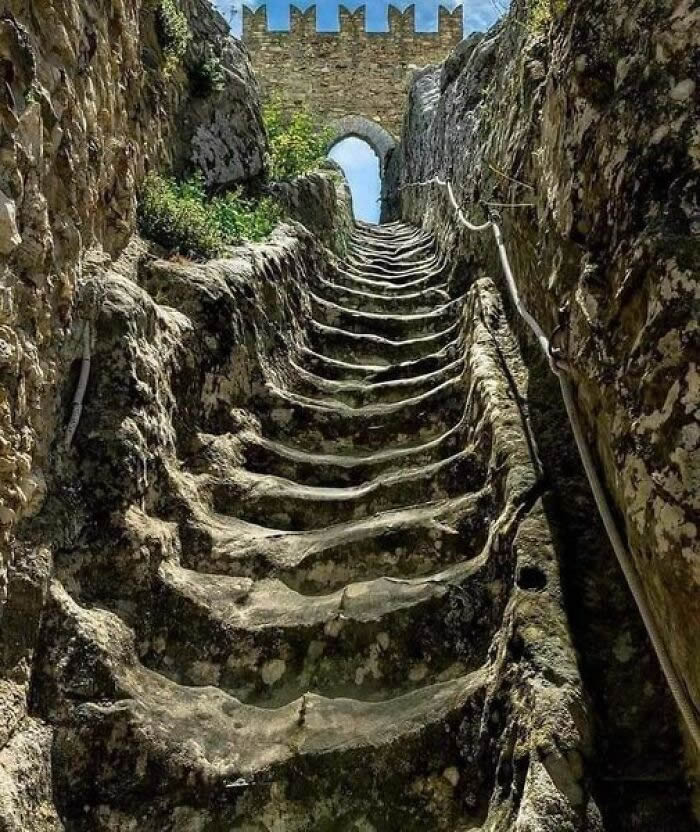
Photo Credits: Nibedita Das
The worn rock-hewn stairs leading to Sperlinga Castle in Sicily, Italy, date back to the 11th century CE, offering a glimpse into the medieval past. Carved directly into the stone, these steps have weathered centuries of use, connecting visitors to the historic fortress perched high above the surrounding landscape. The stairs reflect the resourcefulness of ancient builders, blending seamlessly with the natural rock while providing access to the castle’s fascinating history.
#19. The Sewer Pipe At Pierrefonds Castle This Terrifying But Beautiful Drain Belongs To The Castle’s Dungeon. Castle From The Xii Century. France
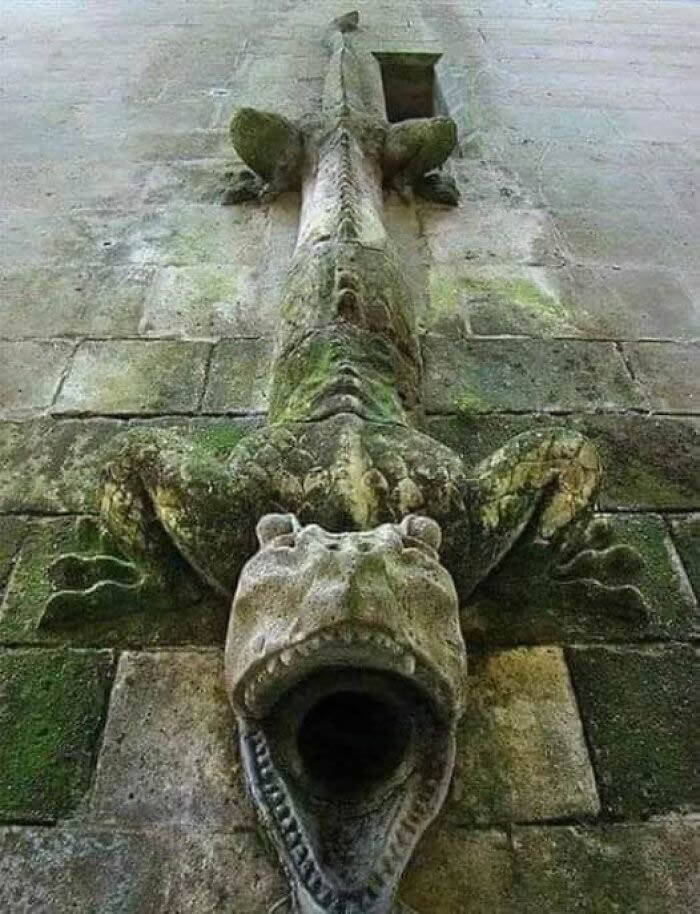
Photo Credits: Gül Salih
The sewer pipe at Pierrefonds Castle in France, dating back to the 12th century, is both terrifying and beautiful. Located near the castle’s dungeon, this ancient drain once carried waste from the fortress. Its eerie design, carved from stone, adds a haunting touch to the castle’s history. Despite its grim function, the pipe’s intricate craftsmanship reflects the medieval architectural ingenuity of the time, blending utility with artistry.
#20. The Puente Nuevo, Ronda, Spain
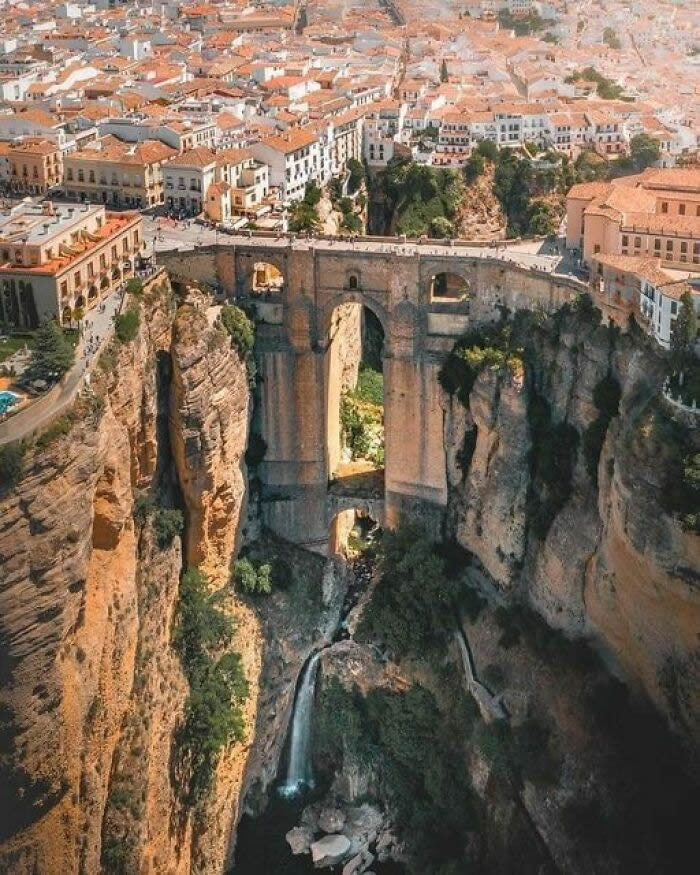
Photo Credits: CameraMan Woosie
The Puente Nuevo in Ronda, Spain, is an iconic bridge spanning the El Tajo Gorge, offering breathtaking views of the surrounding landscape. Completed in 1793, this impressive structure connects the old and new parts of the city. Built from limestone, the bridge stands 120 meters above the gorge, showcasing a remarkable feat of engineering and architecture. It remains one of Ronda’s most famous landmarks and a symbol of its rich history.
#21. Intricately Carved Violin Of Domenico Galli, 1687
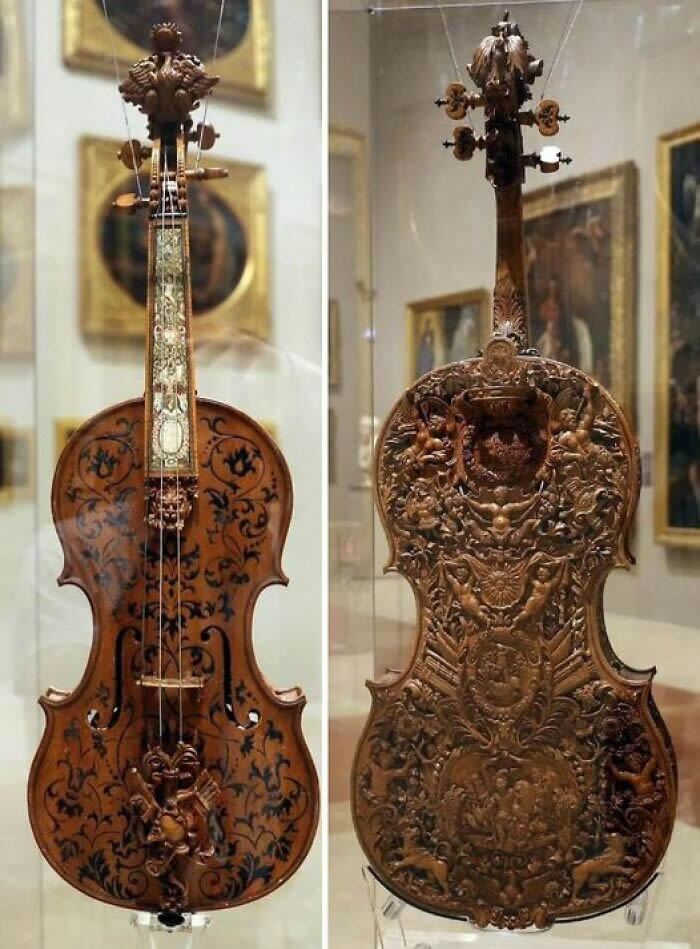
Photo Credits: Nosheen Iqbal
The intricately carved violin of Domenico Galli, crafted in 1687, is a masterpiece of Baroque craftsmanship. Renowned for its exceptional detail, the violin features exquisite carvings on its back and scroll, showcasing Galli’s skill as a luthier. The delicate engravings and the fine construction of the instrument make it not only a functional piece but also a work of art, highly regarded by collectors and musicians alike.
#22. The Amazing Ruins Of Sanatório Albergaria Grandella, Portugal
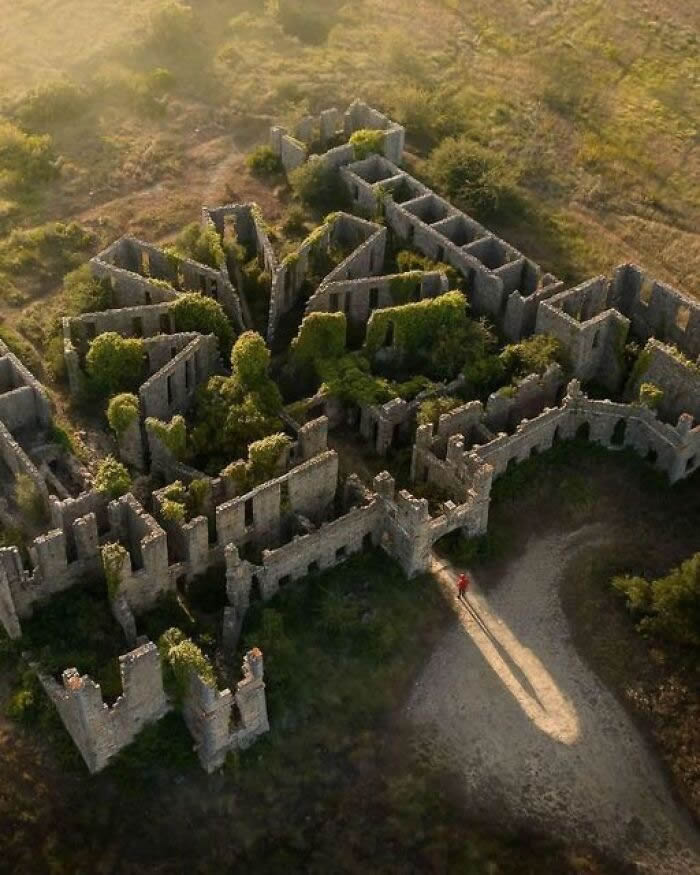
Photo Credits: Gül Salih
The ruins of Sanatório Albergaria Grandella in Portugal are a haunting yet captivating reminder of the past. Once a sanatorium for tuberculosis patients, this abandoned building, nestled in a forested area, has become an eerie attraction for explorers and photographers. Its crumbling walls, overgrown with vegetation, and decaying interiors evoke a sense of mystery, offering a glimpse into Portugal’s historical healthcare and architectural heritage.
#23. The Crowley Lake Stone Columns In California. Created By Eons Old Volcanic Activity
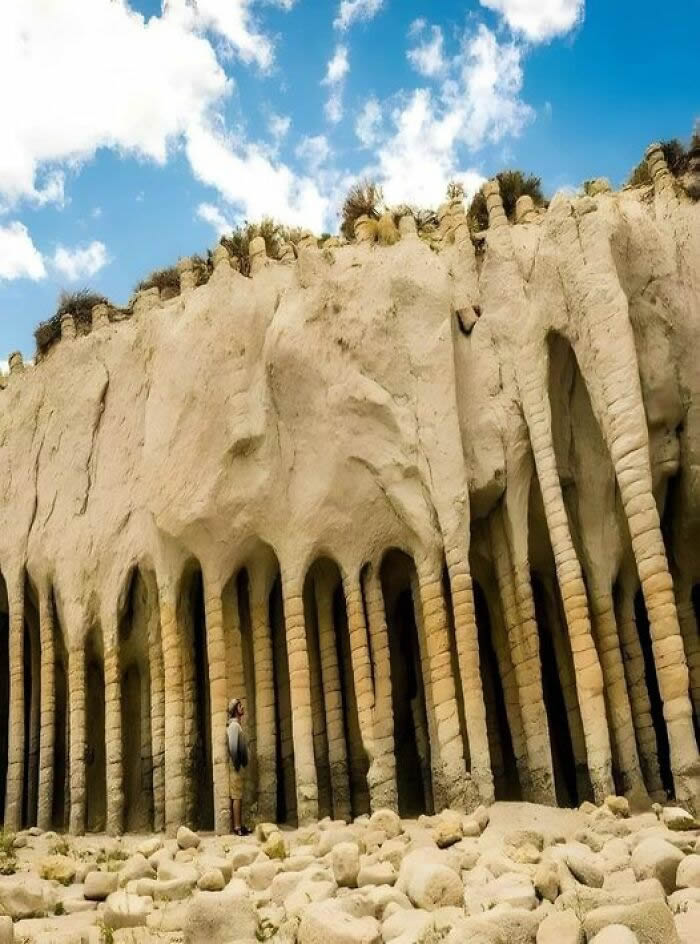
Photo Credits: Shampa Sen
The Crowley Lake Stone Columns in California are natural formations created by ancient volcanic activity millions of years ago. These towering, hexagonal columns of basalt rock were shaped as lava cooled and cracked, resulting in striking, column-like structures that rise from the earth. Located near Mono Basin, they offer a unique geological spectacle, showcasing nature’s power to sculpt dramatic and timeless landscapes.
#24. David Is A Life-Size Marble Sculpture By Gian Lorenzo Bernini

Photo Credits: Gül Salih
"David" is a life-size marble sculpture created by Gian Lorenzo Bernini in 1624, showcasing the biblical hero in a moment of intense action. Unlike traditional depictions of David, Bernini’s interpretation captures him mid-motion, twisting his body as he prepares to slay Goliath with his slingshot. The sculpture is renowned for its dynamic energy, with every muscle and detail conveying tension and focus. Bernini’s extraordinary skill in rendering marble with such realism, from the texture of the skin to the expression of determination on David’s face, exemplifies the Baroque style’s emphasis on movement, emotion, and dramatic storytelling.
#25. Sun Temple In Modhera, India Built In 1026
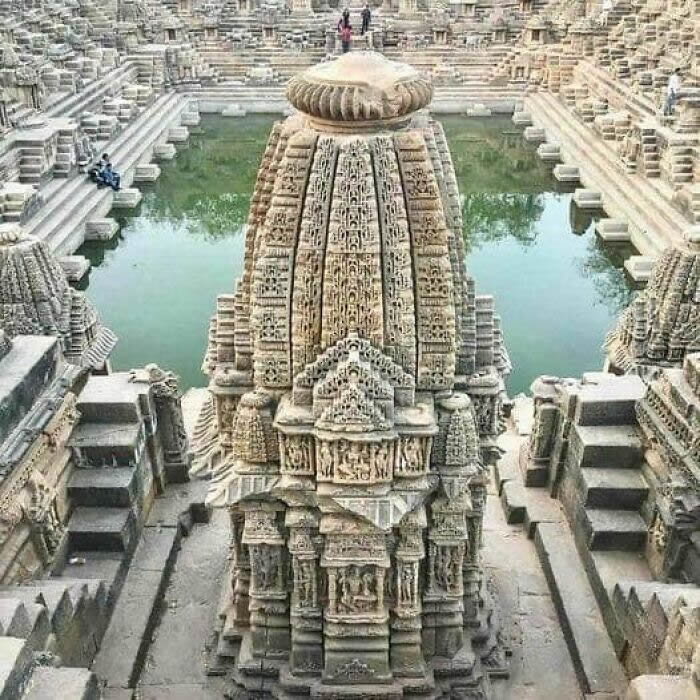
Photo Credits: Gül Salih
The Sun Temple in Modhera, India, built in 1026 during the reign of the Solanki dynasty, is a stunning example of medieval Indian architecture dedicated to the sun god, Surya. Located on the banks of the Pushpavati River in Gujarat, this ancient temple complex consists of three main components: the Surya Kund (stepwell), the main temple, and the Sabha Mandap (assembly hall). The intricately carved stone walls of the temple depict scenes from Hindu mythology, including celestial beings, animals, and deities. The temple is designed to align with the sun’s movement, with the first rays of dawn illuminating the central deity’s idol during equinoxes. The Sun Temple at Modhera is a masterpiece of religious and architectural ingenuity, reflecting the advanced engineering and artistic skill of the time.
#26. Petra, Jordan
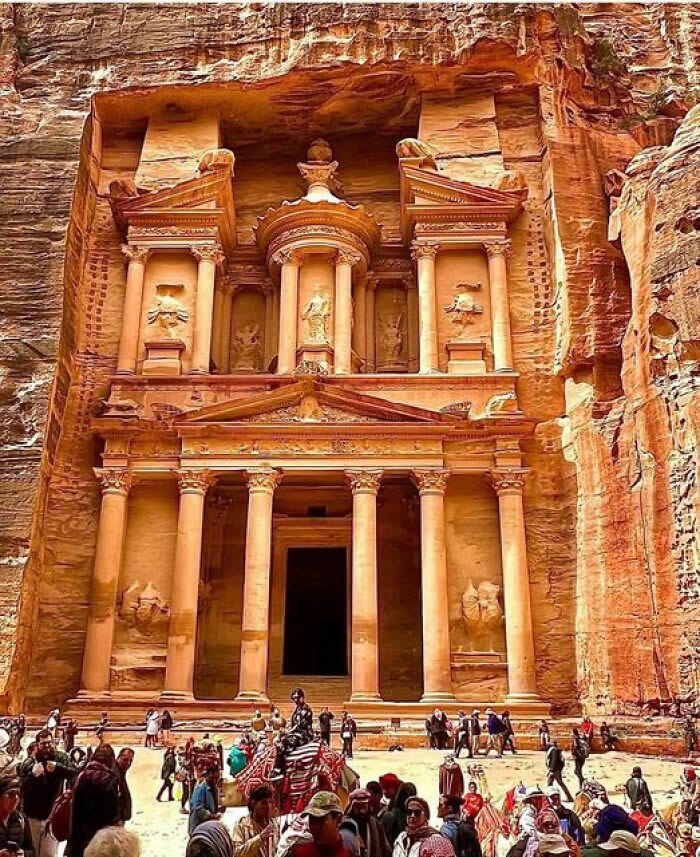
Photo Credits: Jesse Lopez
Petra, located in southern Jordan, is one of the world’s most extraordinary archaeological sites, known for its stunning rock-cut architecture and advanced water management system. Often referred to as the "Rose City" due to the pinkish hue of its sandstone cliffs, Petra was the capital of the Nabataean Kingdom in the 4th century BCE and flourished as a major trading hub. The site is famous for its elaborate facades, such as Al-Khazneh (The Treasury), carved directly into the cliffs, and its complex network of tombs, temples, and monuments. Hidden in a rugged desert valley, Petra remained largely unknown to the Western world until its rediscovery in 1812, and it remains a symbol of ancient engineering and artistic achievement, attracting millions of visitors each year.
#27. The Erechtheion (Or Erechtheum) Is An Ancient Greek Temple Constructed On The Acropolis Of Athens Between 421 And 406 BCE
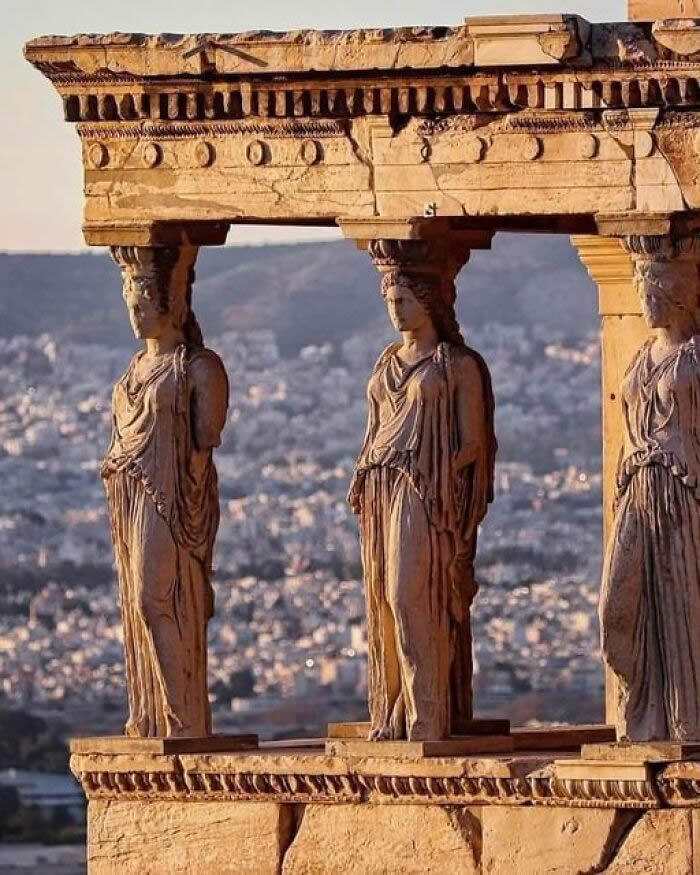
Photo Credits: Nibedita Das
The Erechtheion (or Erechtheum) is an iconic ancient Greek temple located on the Acropolis of Athens, constructed between 421 and 406 BCE. Renowned for its unique and complex architectural design, the temple was dedicated to Athena and Poseidon, and it housed several important religious relics, including the sacred olive tree of Athena. The Erechtheion is especially famous for its asymmetrical structure, built on the uneven terrain of the Acropolis, and for the Porch of the Caryatids, where six elegantly draped female statues replace traditional columns. This architectural masterpiece reflects the cultural and religious significance of the time, symbolizing Athens’ reverence for its gods and its sophisticated craftsmanship.
#28. Château Du Sailhant Is A 1000 Year Old Château-Fort In Auvergne Region, Central France
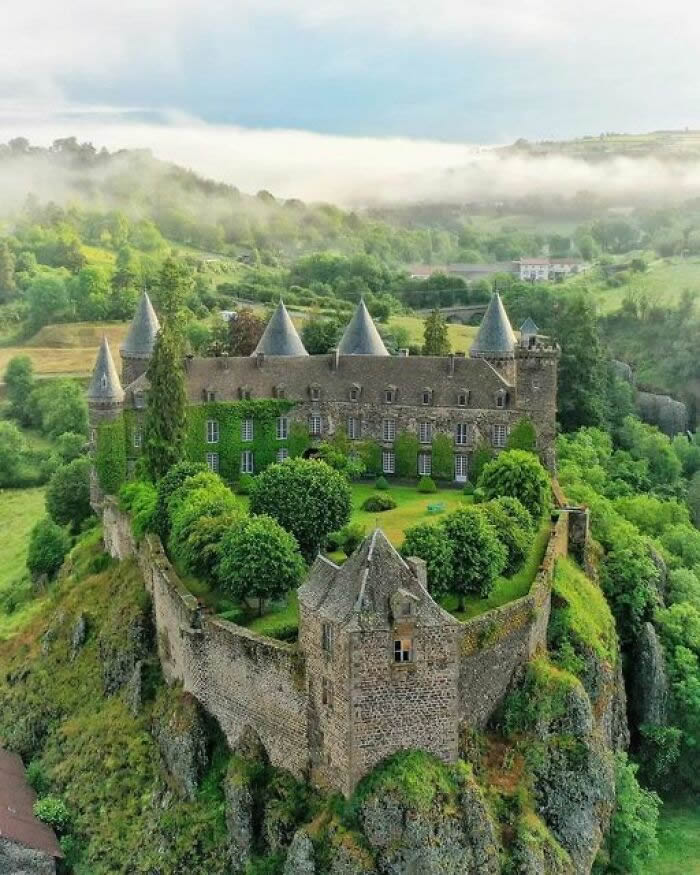
Photo Credits: Ancient Marvels
Château du Sailhant, a 1000-year-old château-fort nestled in the picturesque Auvergne region of central France, stands as a remarkable testament to medieval architecture and history. Perched on a rocky outcrop overlooking the beautiful landscape, this fortified castle once played a strategic role in defending the surrounding territory. With its imposing stone walls, crenellated towers, and expansive views, Château du Sailhant offers a glimpse into the turbulent past of the region. Over the centuries, it has witnessed battles, changes in ownership, and the passage of time, yet it remains a striking reminder of France’s medieval heritage, attracting visitors with its rich history and enchanting beauty.
#29. Kublai Khan Statue Emperor, General (C. 1215–c. 1294)
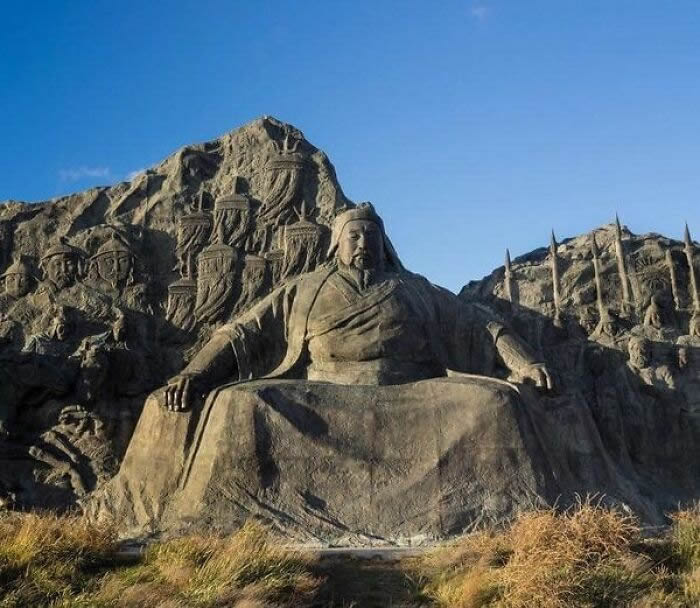
Photo Credits: Gül Salih
The statue of Kublai Khan, the legendary emperor and general (c. 1215–c. 1294), captures the commanding presence of one of history’s most influential leaders. As the grandson of Genghis Khan and the founder of the Yuan Dynasty in China, Kublai Khan bridged cultures and expanded the Mongol Empire to its zenith. His reign was marked by significant achievements in governance, trade, and cultural exchange, most notably through the flourishing of the Silk Road. The statue often portrays him as a figure of authority and wisdom, embodying the strategic acumen and vision that defined his rule. This homage to Kublai Khan stands as a reminder of his enduring impact on history and his role in shaping a vast and interconnected world.
#30. Sculpture On The Outside Of The Hall Of 1000 Pillars At Sri Ranganathaswamy, A Medieval Hindu Temple At Srirangam In Tiruchirapalli In The Tamil Nadu Region Of Southern India
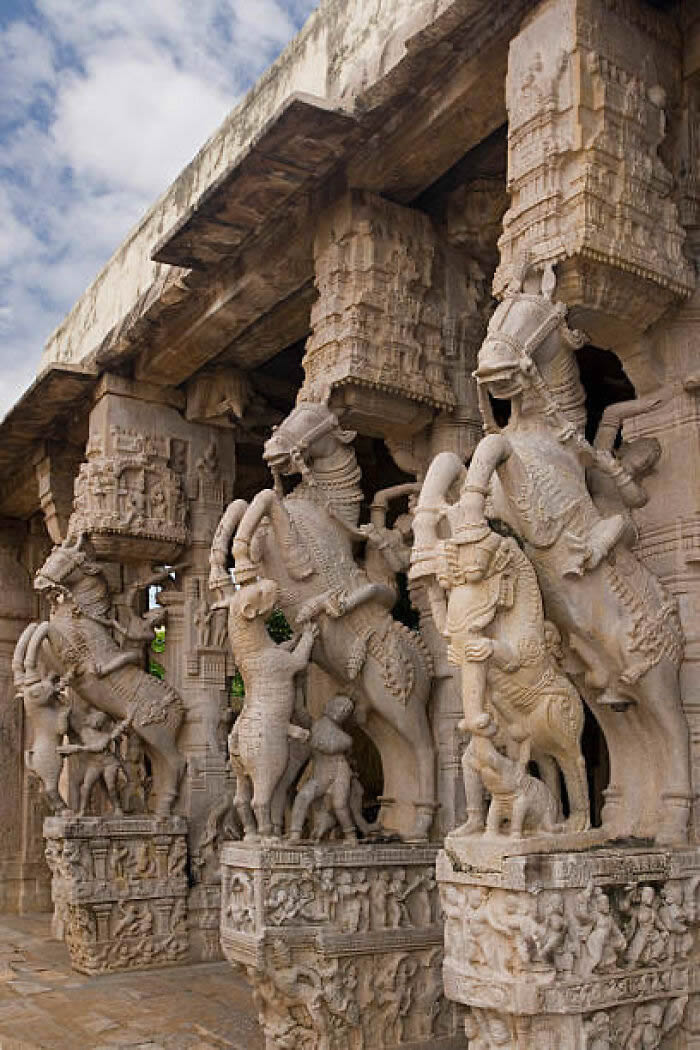
Photo Credits: Muhammad Asghar
The Hall of 1000 Pillars at the Sri Ranganathaswamy Temple in Srirangam, Tamil Nadu, is a stunning testament to the artistry and craftsmanship of medieval Hindu architecture. Among its most captivating features are the intricate sculptures adorning its exterior, each a masterpiece of detail and symbolism. These carvings depict deities, mythological scenes, and celestial beings, blending spiritual narratives with extraordinary artistic finesse. The temple, dedicated to Lord Ranganatha, an incarnation of Vishnu, reflects the devotion and creativity of its creators, leaving visitors in awe of its historical and cultural significance. This iconic structure stands as a symbol of the rich heritage of southern India and continues to inspire reverence and admiration.

